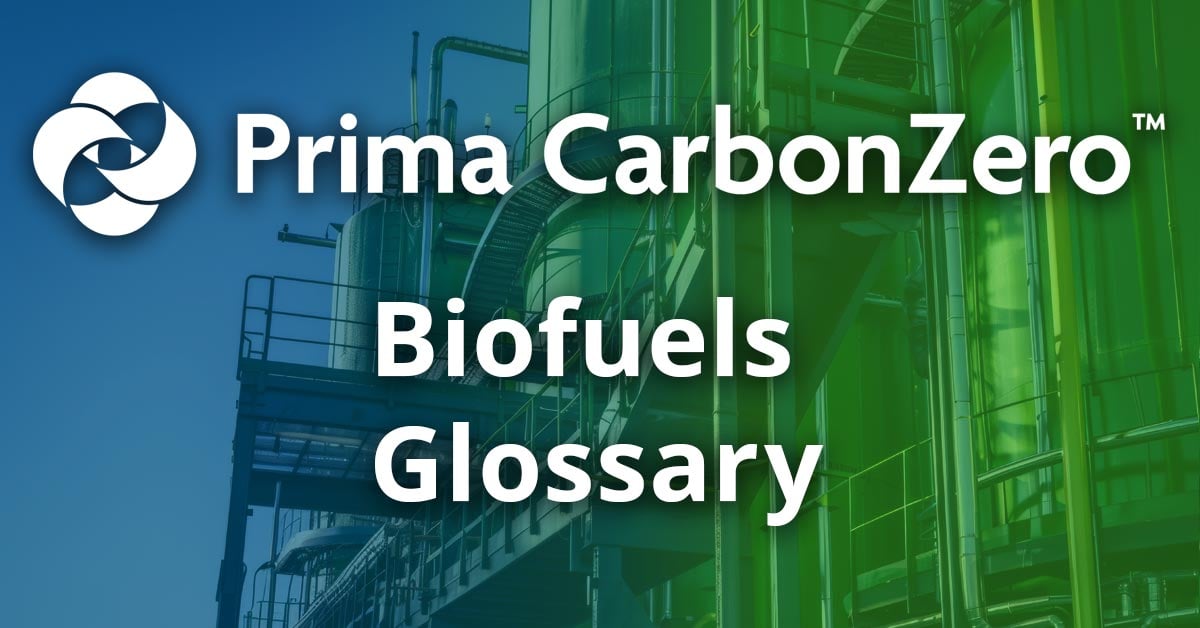
3 min read
Renewable Fuels: Essential for a Net-Zero Carbon Future
The global push for decarbonization has never been more critical. With climate change accelerating and the 1.5°C warming threshold looming, reducing greenhouse gas emissions is an increasingly vital human objective.
Read More









